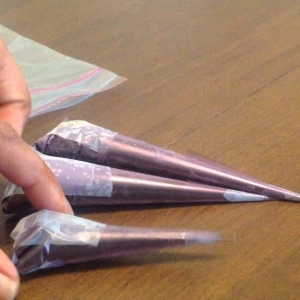Marine windows play a crucial role in ensuring safety, visibility, and aesthetics aboard ships and vessels. Traditionally, the shapes and sizes of these windows followed standard norms driven by functionality and regulatory compliance. However, with advancements in manufacturing and design capabilities, there is growing interest in customizing the shapes of marine windows to meet specific operational, architectural, and aesthetic demands.
Functional Drivers for Custom Shapes
Customizing marine window shapes goes far beyond cosmetic appeal. Unique shapes can significantly influence a vessel's performance and operability in specific marine environments. For instance:
Improved Visibility and Field of View: Custom panoramic or curved windows offer wide-angle viewing for navigation bridges, enhancing situational awareness and safety.
Optimized Airflow and Ventilation: Oval or trapezoidal window designs in living quarters or galleys can help optimize natural ventilation.
Resistance to Environmental Stress: Certain geometries—like rounded corners or elliptical forms—better distribute stress, reducing the risk of structural failure under pressure from waves or wind.

Material and Design Innovations Enabling Customization
The flexibility in window design is largely due to advancements in materials and manufacturing techniques. Today’s marine windows use specialized laminated or tempered glass combined with corrosion-resistant frames made from marine-grade aluminum or stainless steel. CNC machining and 3D modeling allow designers to experiment with non-standard shapes, including:
Scuttle Porthole Windows: Traditionally used in cabins, now refined for aesthetic modern designs.
Trapezoidal and Polygonal Designs: Frequently used in contemporary yachts and offshore patrol vessels to provide a futuristic appearance while maintaining durability.
Curved or Wrap-around Panes: Favored for luxury vessels and high-speed ferries for their sleek appearance and enhanced visibility.

Regulatory Compliance and Structural Considerations
Marine windows must comply with standards set by international bodies such as the International Maritime Organization (IMO) and classification societies like DNV, ABS, or Lloyd’s Register. Custom shapes must:
Pass impact resistance tests for heavy weather conditions.
Maintain watertight and airtight integrity.
Ensure escape hatch functionality if applicable.
This requires close coordination between naval architects, classification societies, and manufacturers during the design and installation phase.
Aesthetic and Branding Benefits
In the luxury yacht and cruise industry, window shape customization is often part of a broader branding and design philosophy. Unconventional window shapes can:
Reinforce brand identity.
Create a unique profile or silhouette for recognition at sea.
Enhance passenger experience with better natural light and viewing angles.

Applications Across Vessel Types
Different types of vessels benefit from shape customization in different ways:
Yachts: Often feature bold, creative window shapes to reflect luxury and individuality.
Military and Coast Guard Vessels: Use angular or tactical window shapes for stealth and operational advantages.
Commercial Ferries and Passenger Ships: Emphasize large, panoramic windows for enhanced passenger enjoyment.
Summary
The customization of marine window shapes represents a convergence of engineering innovation, aesthetic design, and operational necessity. Whether enhancing navigational visibility, improving structural performance, or elevating onboard experience, customized marine windows contribute significantly to modern marine architecture. As technology continues to evolve, so too will the possibilities for shaping the way we see and experience life at sea.







